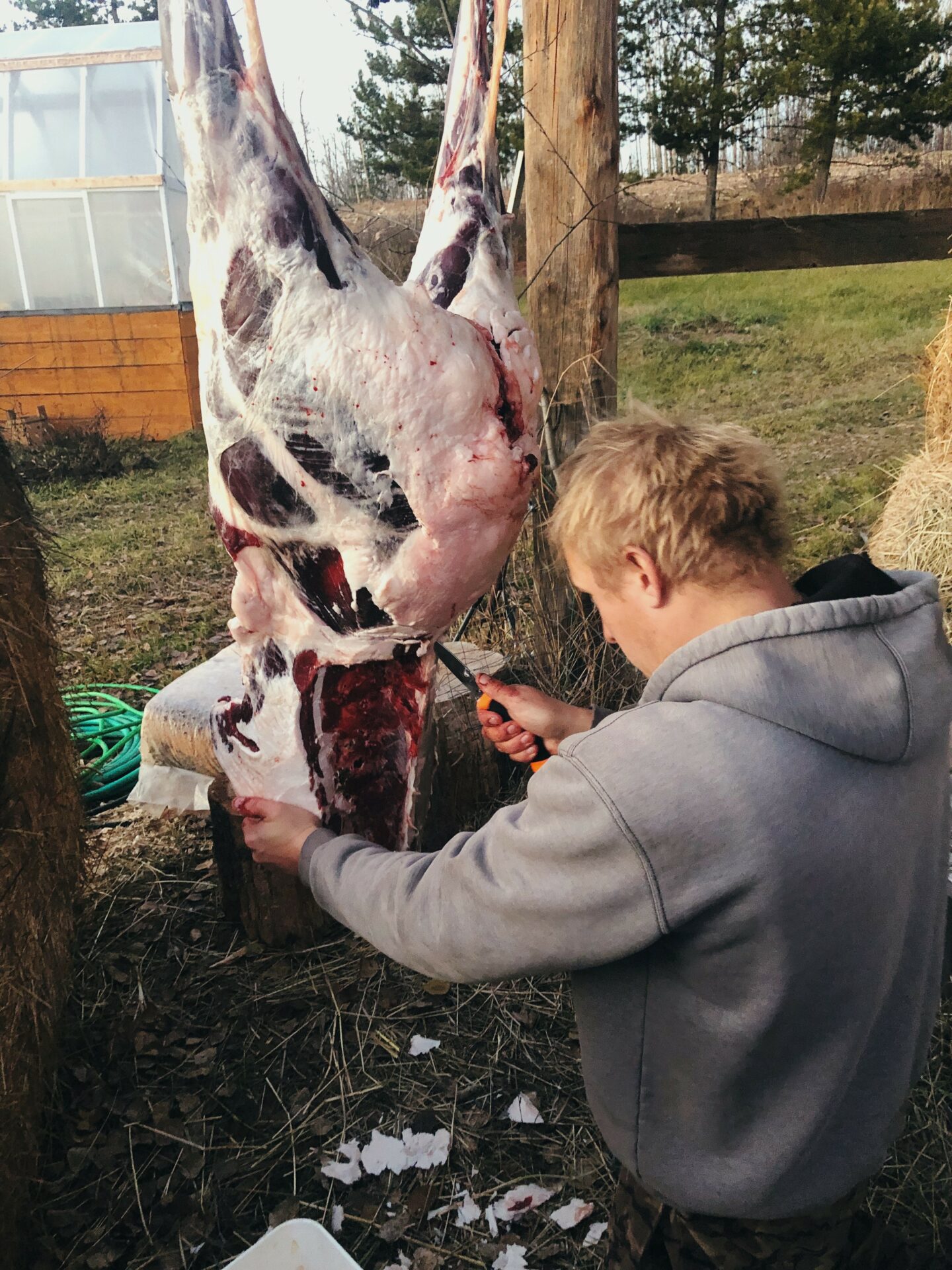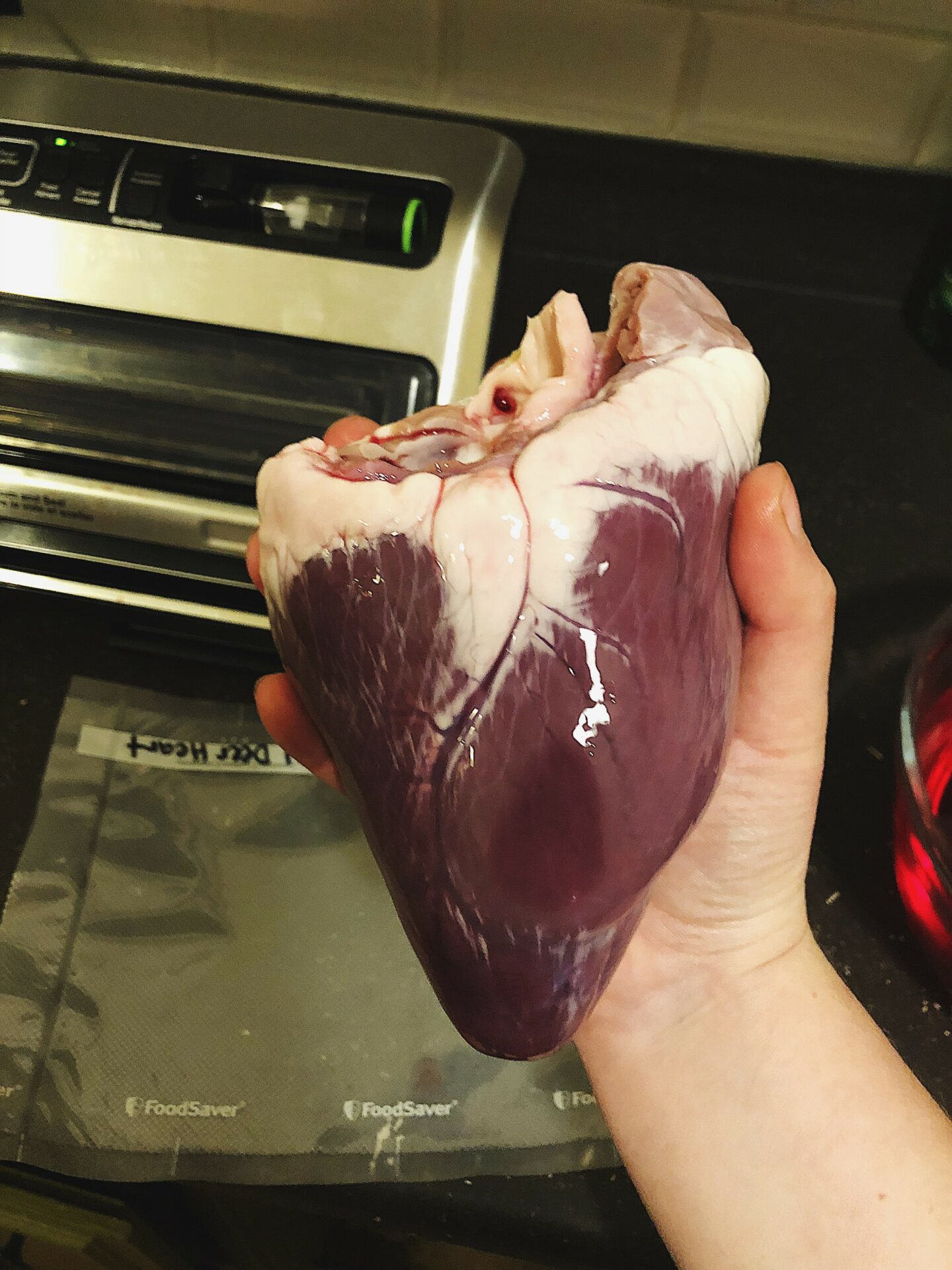Arguably, the hardest part of hunting comes after the trigger is pulled, and the animal is on the ground. You have cut your tag on an animal. What do you do with it now?
Advertisement
Lack of available butchering facilities is a major issue throughout British Columbia in general, but this autumn, several butchers in northern BC took to their social media pages to urge hunters to think long and hard about pulling the trigger on an animal if they did not have the facilities and/or ability to process their own animal, as many of the butchers in the area were already operating at max capacity and stretched to their limits. This meant that if you did not have somewhere to hang your animal, and the knowledge or time to put into cutting the meat up yourself, you could find yourself up a certain creek without a paddle. And a whole animal to deal with.

While the lack of butchering facilities is a topic for a different day, it does bring up an interesting piece of the puzzle when it comes it utilizing the whole animal. If you are in charge of dealing with your animal, from the moment you pull the trigger until you tuck those little brown paper-wrapped packages into the freezer, you have 100 per cent control over how to use and honour the animal. It’s not a task for everyone – and can be particularly daunting if someone has never tackled a project of that scale – but it is a very rewarding one to undertake. Here are some steps to take to make the most of your harvest.
Advertisement
Find A Mentor
This one almost goes without saying, but having a mentor makes learning how to gut, skin, hang and process an animal so much easier. Yes, there are informative videos and books out there, but there is nothing that replaces that in-person knowledge that will help you utilize the animal to its fullest.
Let’s Talk About The Gut Pile
Some of the most delicious, nutrient-dense parts of an animal get left behind in the gut pile. Heart, liver, kidneys and caul fat are all edible (and tasty) if prepared properly, but often get left behind in the process of getting an animal ready to bring home to hang. Even if you cannot wrap your mind around consuming those parts, you probably wouldn’t have to look far to find someone in your life who would be thrilled to be gifted some.
Advertisement

Save Those Chunks
Set those random, bite-sized trim bits to the side to be packaged up together. Maybe they aren’t as pretty as a classic stew piece, but those “chunks” are a crowd-pleasing appetizer when coated in Shake ‘n’ Bake and cooked in the oven.
Keep The Fat
Render it down, cook with it, use it as an ingredient in homemade body products, use it to make seed treats for the birds in wintertime… just don’t toss it to the side. There are so many ways to utilize fat.
Don’t Just Toss The Hide
This one requires a bit more time and space – if you can do so, save the hide! It does take a lot of time, elbow grease and knowledge to get from a fresh hide to leather, but the result is so rewarding. Maybe you can make a pair of gloves, a bag or some moccasins!
Brush Up On Your Cooking Skills
On certain animals (deer and bear come to mind), many people choose to just keep a few prime cuts (if any) and grind the rest of it up for sausage and pepperoni. While this is by no means a bad thing – who doesn’t love a nice stash of pepperoni in the freezer – some of the less popular cuts of meat that are dubbed “tough” are quite flavourful and can be tender if prepared and cooked properly. Get creative with your cooking and don’t be afraid to take chances on a new cut of meat!
